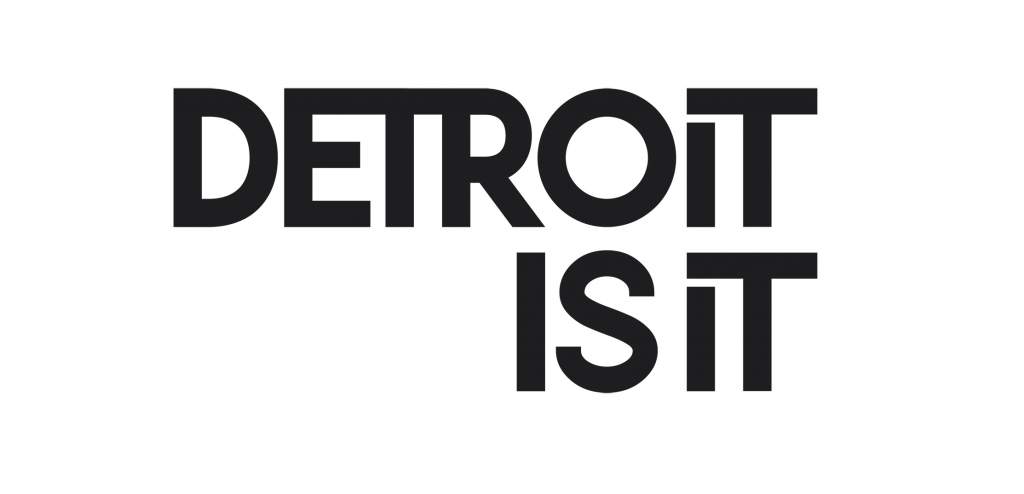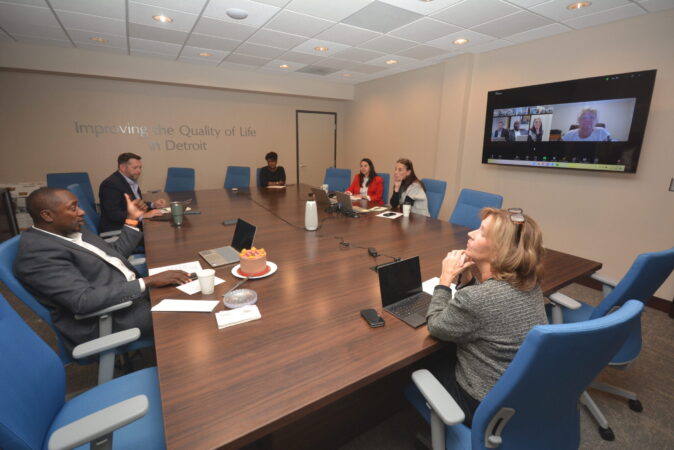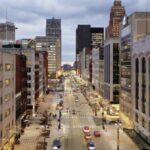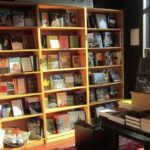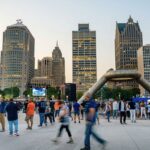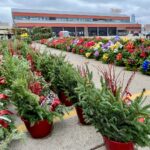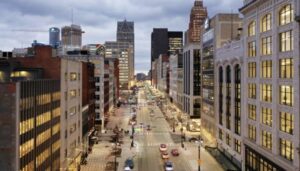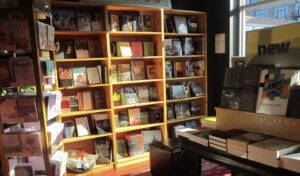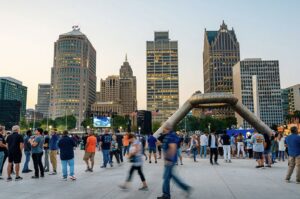The Hudson-Webber Foundation Board of Trustees announced this month the distribution of nearly $1.3 million in grants to six Detroit-based nonprofit organizations. These grants will fund key initiatives that align with the foundation’s mission areas; arts and culture, built environment, community and economic development, and safe and just communities, all under the umbrella mission of moving Detroit forward.
Organizations receiving funding are BasBlue, Council of Michigan Foundations, Detroit Opera, Detroit Regional Partnership, Enterprise Community Partners Detroit , and the Neighborhood Vitality Index.
The Hudson-Webber Foundation’s origins date back to 1939 with major contributions from Mr. and Mrs. Richard H. Webber, other members of the Webber family, and The J.L. Hudson Company. The foundation is governed by a 13-member board of trustees, with assets of approximately $190 million, and has contributed over $200 million to improve the quality of life in Detroit.
Detroitisit took some time with the foundation’s vice president of programs, Michael Shaw to add context around these contributions, and how the foundation’s work aligns with and advances the city.

MICHAEL SHAW, VP OF PROGRAMS
Q: How has the Hudson-Webber Foundation evolved over the years in its mission to support Detroit?
A: The Hudson-Webber Foundation comes from the Hudson’s Department Store, a place that holds nostalgic significance for many Detroiters. Hudson’s was integral to the city, and along the way, the Hudson’s family began realizing that the magic didn’t lie in the store itself, it was the people who worked and shopped in the store. The community. The foundation is a legacy of that – it’s about cultivating and investing in Detroit.
Over the decades, particularly in the 1970s during a period of racial unrest, and more recently in the 2000s when Detroit faced significant economic challenges, the foundation has adapted its strategies. From 2000 to 2015, the foundation focused on stabilizing Midtown and Downtown as economic engines. Post-2015, the focus has shifted toward ensuring inclusive growth in neighborhoods – developing them as centers of culture and creativity. While we continue to buttress downtown, our communities are where we will grow and retain people.
Q: How do you think the foundation’s focus areas (Arts & Culture, Economic Development, Safe & Just Communities, etc.) align with Detroit’s broader needs and the direction Detroit is going today?
A: I think our areas of focus align well. Like any city that has undergone significantly prolonged periods of change and challenge, there is a broad set of needs, but there are core areas we know we can have an impact on that ultimately revolve around continued community development. It’s how we work on them that will continue to evolve.
Q: These focus areas have been intact since 1939. Are they still as relevant today as they were then? Has the focus evolved as Detroit has?
A: Our program areas have always remained the same but how we deploy ourselves against them is wildly different than years past.
For example, in the past, much of our work in the built environment (we used to call this physical revitalization) involved taking down blighted buildings and stabilizing neighborhoods.
Now, it’s about building them up again and creating growth. In community safety, ten years ago, the foundation was heavily investing in police surveillance, but today, we are more focused on supporting community organizations. Similarly, in arts and culture, a decade ago, we were concerned with the viability of institutions like the DIA, but now that those institutions are on solid footing, we can focus on investing in artists and public art, which we couldn’t do before.
Q: What is the foundation’s long-term vision for Detroit in the context of these new grants, particularly in terms of economic and community development?
A: Our long-term vision centers on ensuring Detroit continues to grow inclusively, in a way that supports legacy Detroiters while also attracting new residents. We want to ensure that Detroit remains a culturally rich, diverse, and vibrant city and that it grows in a way that honors its history and people. Our recent grants, including those for BasBlue and the Detroit Regional Partnership, focus on creating inclusive companies that are built around ensuring the prosperity of Detroiters.
Q: Is there a common theme among the grant recipients in this round of funding?
A: Yes, there is a common thread. All of these organizations have an unwavering dedication to Detroit. They are not trying to erase or change the essence of what Detroit is but rather to build on its unique character and beauty. Each of the grant recipients is working to enhance the city in ways that align with its culture and history while preparing it for a brighter future.
How does the Hudson-Webber Foundation view its role in the revitalization of Detroit next decade?
A: We hope everyone is asking this question. How can we contribute to the city’s growth?
This is a question we ask all potential grantees. Whether it’s the built environment, arts and culture, etc we all have a shared interest in where Detroit is going and we want to elevate it, invest in it, accelerate it, and validate that all of this is important. Detroit is going somewhere meaningful. The city has an influence on the country and on the world. We need to use this as the context – the narrative.
Q: Are there particular challenges or opportunities that the foundation is preparing for?
A: One of the opportunities we’re excited about is the shift from thinking of Detroit’s future in terms of deficits to thinking about its strengths and assets. The fundamentals for Detroit are bright – we have fixed many of the city’s basics and are ready to capitalize on our advantages. Detroit is a considerably large city – we need to use that to our advantage. We have great historical and cultural assets – we need to use those to our advantage. We have affordability – again… we need to use that to our advantage. Let’s be bullish about Detroit and continually lift up and shine a light on all of these assets.
As always, be sure to subscribe to our newsletter for regular updates on all things Detroit.
